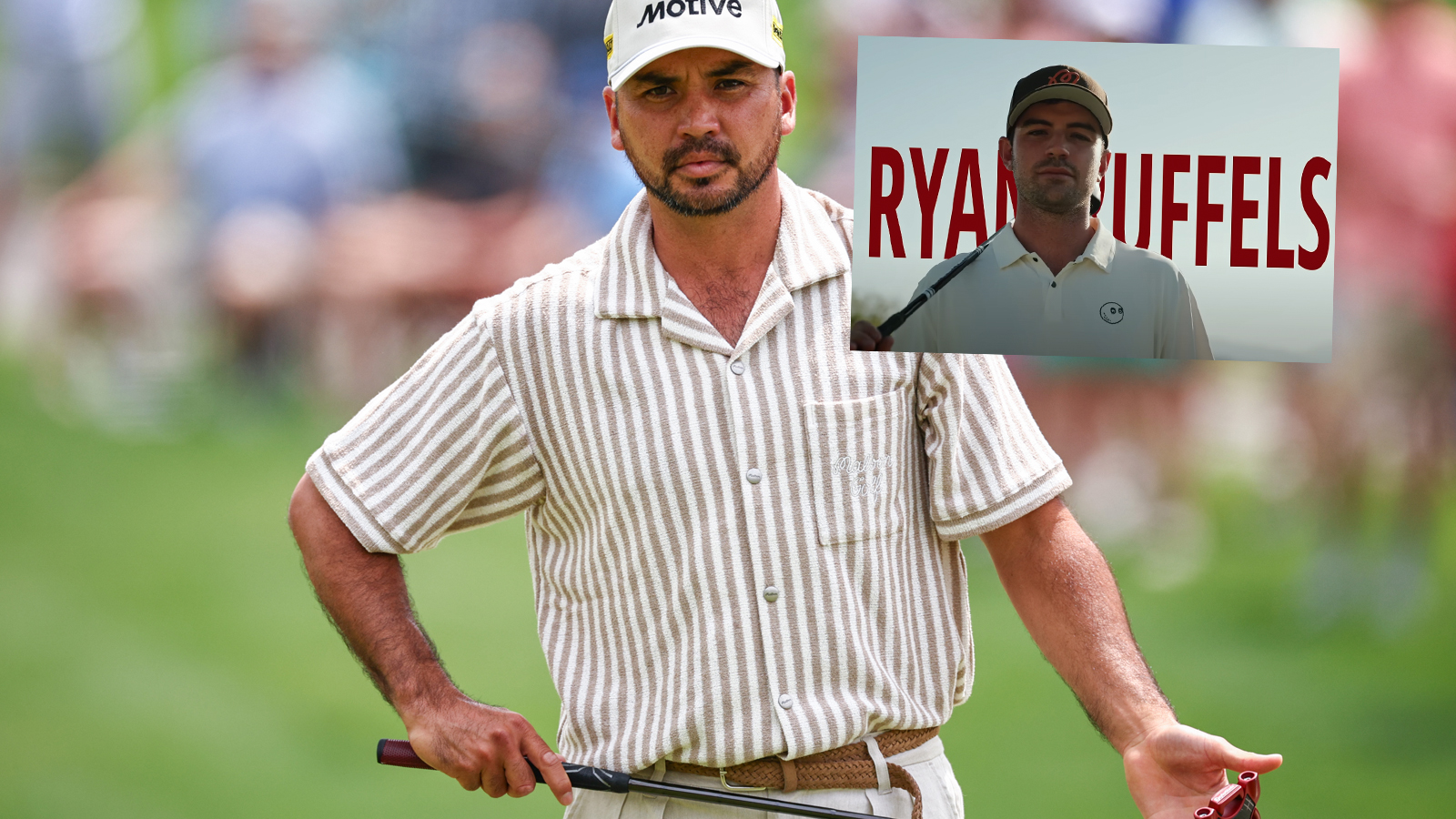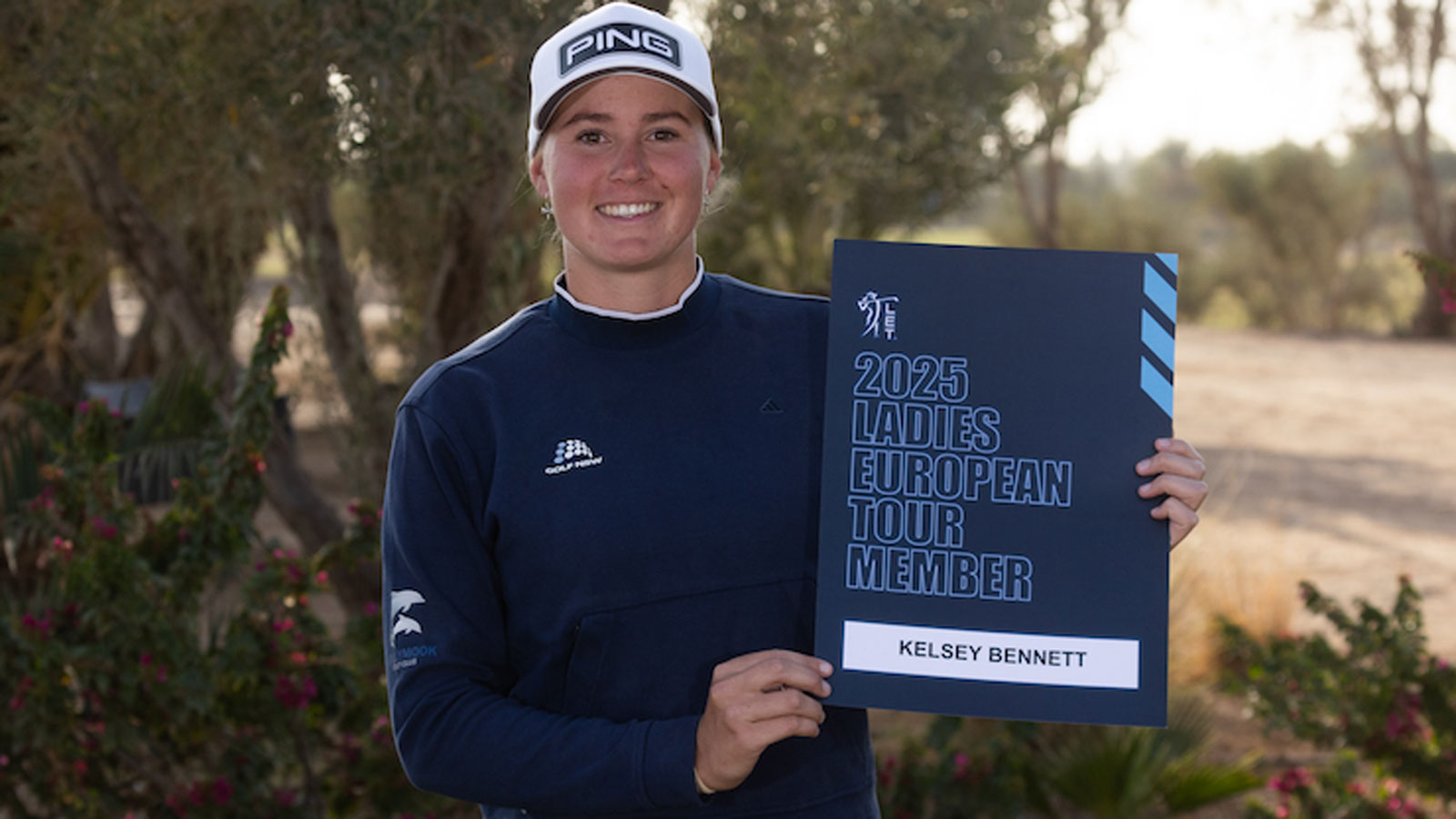My Shot: Sarah Kemp – Australian Golf Digest

- by Admin
- November 13, 2024
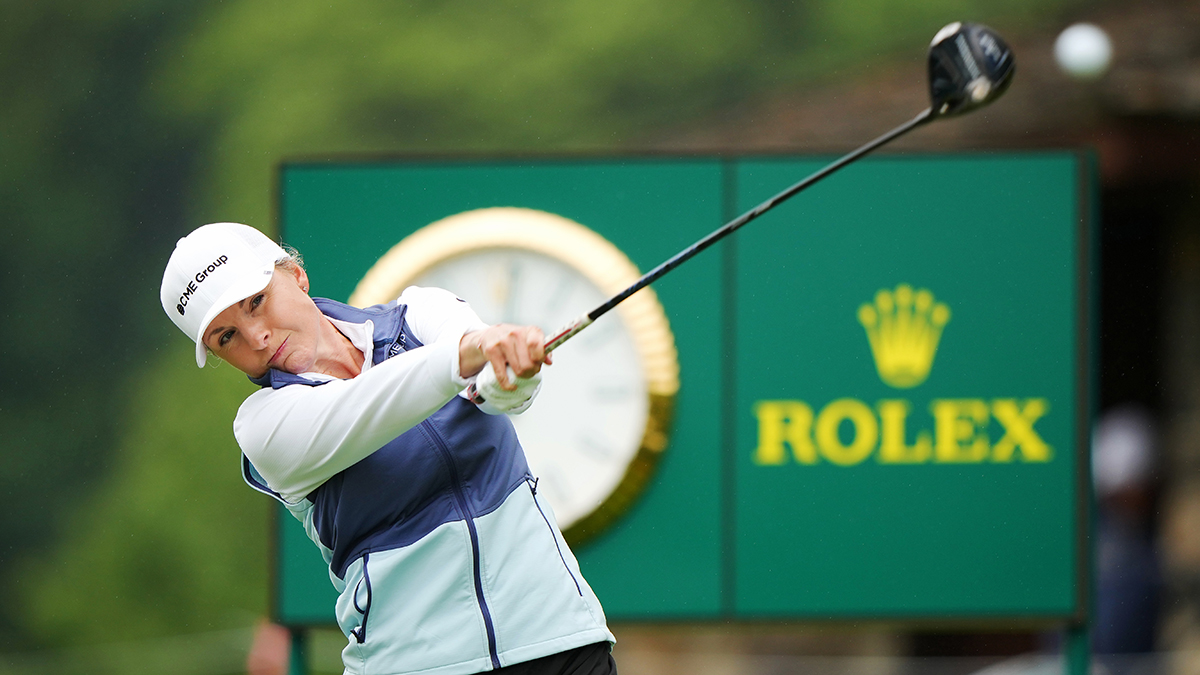
The Australian LPGA Tour veteran is itching to make a comeback after suffering an unlikely injury during the heart of the LPGA season.
In August, popular Australian pro golfer Sarah Kemp shared some news on social media. After two good seasons on the LPGA Tour, her 2024 campaign had come to an end due to a freak accident where she was struck by a golf cart. “Thankful to be on the road to recovery after breaking my tibia and fibula in a golf cart accident; had successful surgery the following morning and am home healing,” Kemp, 38, posted on Instagram with photos of her bandaged leg.
After almost 20 years of playing professionally, Kemp had a few months off for the first time in her career and shared some of her time with Australian Golf Digest Women to chat about her journey from Bexley in Sydney’s south to her adopted home of Orlando, Florida, where she lives with her wife, Lisa Cornwell.
▶ ▶ ▶
How does one get from Bexley to the LPGA Tour? Gosh, it’s a long journey. My parents played golf, and were pretty good players at Bardwell Valley Golf Club. I used to follow them on weekends. They got me little cut-down clubs when I was 8. When I was 12, I joined Beverley Park Golf Club and began to take it more seriously. We lived in Bexley North, just around the corner from Bexley Golf Club, so I used to go there after school every day. I played on the weekends at Beverley Park and practised at Bexley. I’d go there after school. I just loved it. I didn’t want to do anything else. I hated school; I did no homework. I just went straight to the golf course every afternoon.
▶ ▶ ▶
Back then, the Australian Institute of Sport had a golf program. When I was 17 or 18, I was accepted into the program and I moved to Melbourne for a year. Then, I started travelling and playing amateur golf around the world. At the age of 20, I turned pro and entered the Ladies European Tour (LET) qualifying school and got my card straight away, which was nice. I spent two years on the LET and played pretty good golf. Both years, I finished in the top 30 on the moneylist. So, I decided to give the US a crack at the end of 2007. Q-School was at the LPGA Tour course at Daytona Beach in Florida. Again, I was lucky on my first go at qualifying school. I birdied the last four holes to get my card on the number. On the last hole, I drained a 25-foot birdie to make it. I didn’t realise it was a putt to make it, at the time, but I knew I’d be close. That was very cool.
▶ ▶ ▶
My favourite moment in my early days as a pro was travelling in my first year on the LET. I had no idea what I was doing, but I was lucky enough to travel with a couple of Aussies. It was so cool. We were hopping around Europe, renting the smallest cars and staying in cheap hotels. We were on the budget of all budgets. Right now, if I had to do that at my age, it would be an absolute nightmare. But at 20, with your mates in Europe, it wasn’t a problem. The language barriers and GPS devices, which, at the time, you plugged into the cigarette lighter part in the car, were all part of the fun. I really enjoyed my rookie year on the LET.
▶ ▶ ▶
In the men’s game, you can make a living in different parts of the world – Japan, the Asian Tour, Europe, LIV Golf and the PGA Tour. You can live off the DP World Tour and there are a few more options if you want to stay closer to Australia. But in the women’s game, if you add it all up – expenses, fees and other costs – the LPGA Tour is the only real living you can make. I think women have to go to the US.
▶ ▶ ▶
The middle part of my career, from about 2008 to 2022, the most vivid memory is grinding away, to be honest. Last year was a good season, and I feel I’ve come into success the past four or five years. Once I got my LPGA status back at the end of 2021, I finished second [at qualifying school] and I’ve been pretty solid for the most part since then. Before that, honestly, it was just a slog. I was battling to keep my card, every year. That built a lot of resilience, but I never gave up. As much as I wasn’t seeing any results for a long time, and it was mentally exhausting, I still loved it. I didn’t want to do anything else. I just kept going. It felt like hard work for about eight years in the middle of my career. But it didn’t break me and I never thought about quitting. I just kept working at it.
▶ ▶ ▶
It’s a unique job being a tour pro. Actually, as I’m talking to you, the women’s qualifying schools are being held. There aren’t many jobs, or sports, where you’ve got one week that can literally determine your whole next year. One golf tournament result can determine almost the rest of your career. There are so many highs and lows, but it’s part of the job. You grind and you figure it out. Look at Lauren Coughlin this year. She has such a great story, after slogging it out for so long and she has found success in the past year. (The 32-year-old American grabbed her first and second LPGA Tour wins this year.) As a tour pro, you never know when it’s going to come – but you have to keep trying.
▶ ▶ ▶
Last year, I had three top-10 results on the LPGA Tour and two other top 15s. This year, I had one top 10. Overall, I think last season was maybe my best season on the LPGA. Why did I play well? I think my golf maturity finally kicked in, in terms of: I figured out what works best for me. It was almost a “less is more” approach. For my three top 10s last year, every one of them I arrived at the tournament on the Wednesday. And it wasn’t like I didn’t do anything on Monday or Tuesday. I practised here in Orlando at Orange Tree Country Club, where I’m a member. But I just planned out my schedule better. I’d play nine holes in the pro-am and my caddie would get there on Monday and scope the place out and make sure nothing had changed.
▶ ▶ ▶
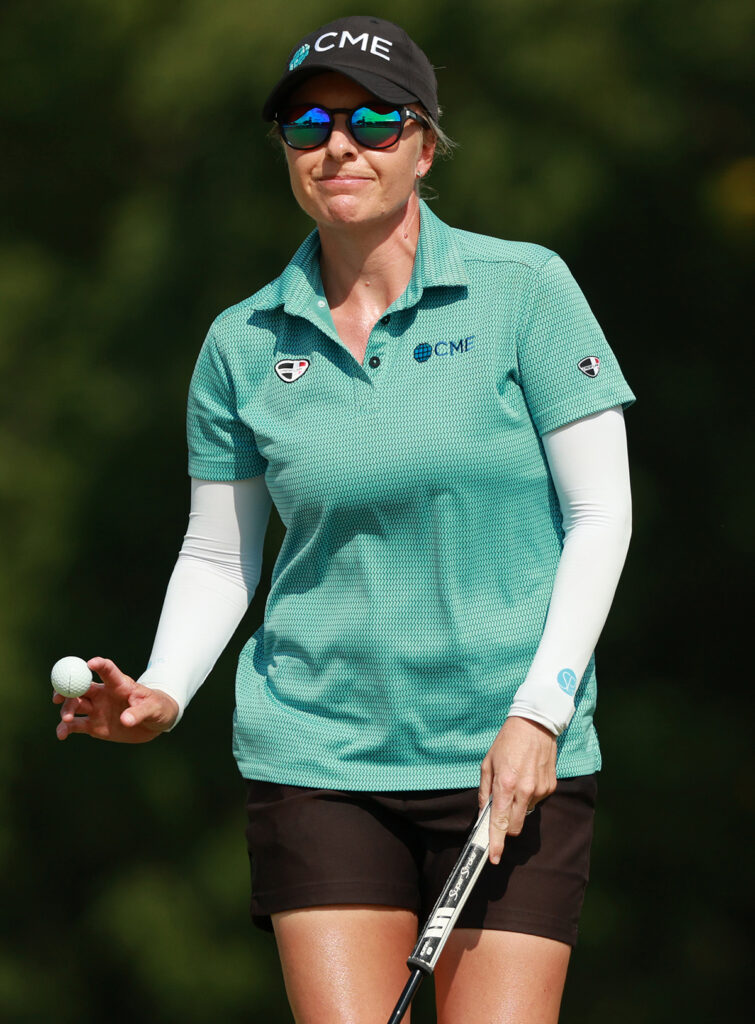
I really appreciate the downtime at home. I’ve got a wife, a dog and a nice house. I made sure, for my mental health, I was coming back here enough and getting that refreshing few days off to then go back out on tour. A couple of times, I had three or four consecutive weeks of tournaments, but I made sure I flew home on Sunday night and had a couple nights at home. That was important.
▶ ▶ ▶
Most tournaments where I played well were held at golf courses the tour has been going to for 10-plus years. I wouldn’t have taken that approach if it was a new venue.
▶ ▶ ▶
I would talk it over with my coach, John [Serhan], at length. When you’re not playing great, you want to keep going, play the next week to try to figure it out. There’s so much anxiety that comes with practice on Mondays and Tuesdays. Earlier in my career, I felt I needed to get there on Monday to grind and hit lots of balls. Some weeks I still do that if I’m working through a swing change. But for the majority of last year, I didn’t need to do that.
▶ ▶ ▶
When I am travelling around the world playing tournaments, there are definitely rituals and little comforts to make the road weeks easier. Finding good food is always high on my list. I’m a coffee lover, and I remember using the Beanhunter app to find good coffee shops. Google Maps is also amazing these days. As soon as I land in a tournament city, I’m always looking for a good flat white somewhere. I love finding great dinner spots, too. The Aussie girls, especially Minjee [Lee], Hannah [Green] and Steph Kyriacou, they love visiting Michelin-starred restaurants every now and then. So, I get invited to a few nice places.
▶ ▶ ▶
Australian golf is in a good place at the moment in terms of producing talent. We have Minjee, Hannah, Kyriacou, Gabi Ruffels and others, but also the men are doing quite well. I saw Cam Davis won this year on the PGA Tour. I think, as a whole, Australia does a really good job with our junior programs. The amateur pathways and high-performance areas are managed well by Golf Australia and all those opportunities are hugely beneficial. Getting that experience under your belt at the end of your amateur career, and as soon as you turn pro, is why we’re doing so well.
▶ ▶ ▶
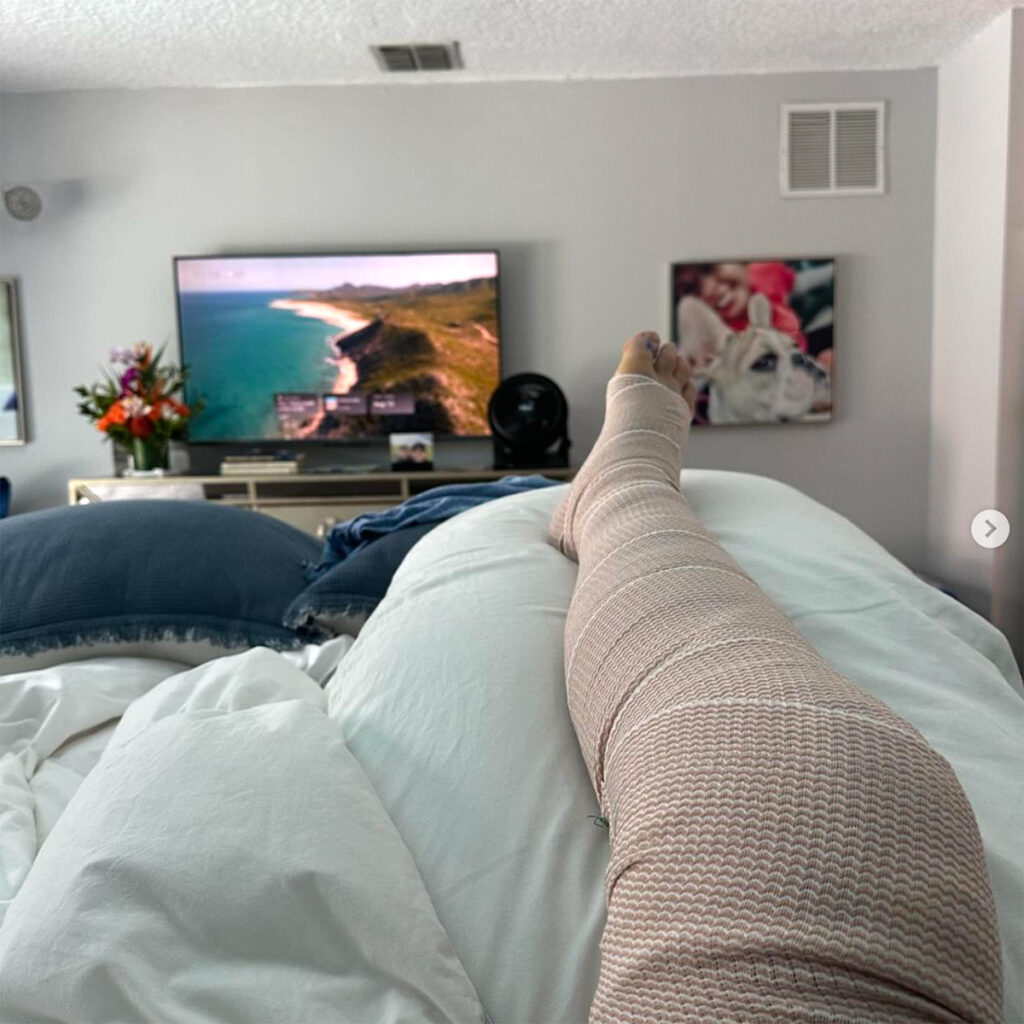
I’m looking forward to getting back on the course, but honestly, after my accident, it’s hard to say when that will be. I’m in the middle of recovery, so I’m hoping there are no long-term effects. It was a compound fracture, so there’s a little extra to deal with in this recovery. Obviously, I’m trying to keep my head on as best as I can. But I’d be lying if I said I wasn’t a little bit worried about when I’m able to come back [and] how things will go. I’ve got a good team around me and a good coach. He’ll be able to sort me out. The quicker I get back to golf, the better. It’s so hard to say when that would be, but as soon as I’m able to, I will be chipping, putting, I’ll be doing everything I possibly can; I just don’t know when that’ll be.
Feature image: Darren Carroll/getty images
The Latest News
-
December 24, 2024Australian football team set to play Nantwich during UK tour
-
December 24, 2024Australian teenager to become youngest Test batting debutant in 71 years
-
December 24, 2024Andrea Petkovic has changed her predictions over how Iga Swiatek is going to do at the Australian Open in 2025
-
December 24, 2024The installed base of fleet management systems in Australia and New Zealand will reach 2.7 million units by 2028
-
December 24, 2024Statement from WPGA Tour of Australasia regarding gender policy – Australian Golf Digest

